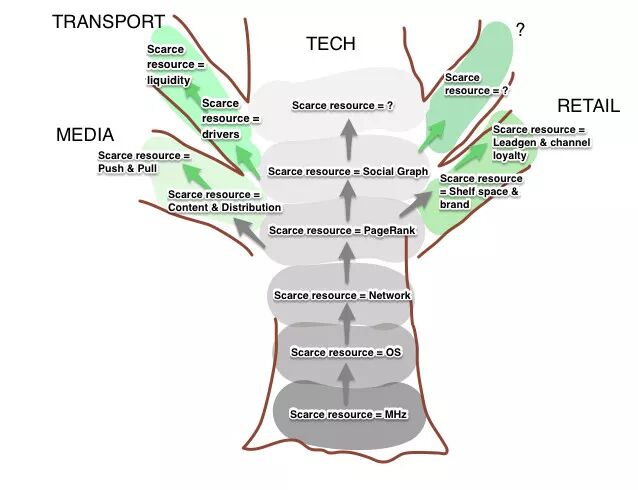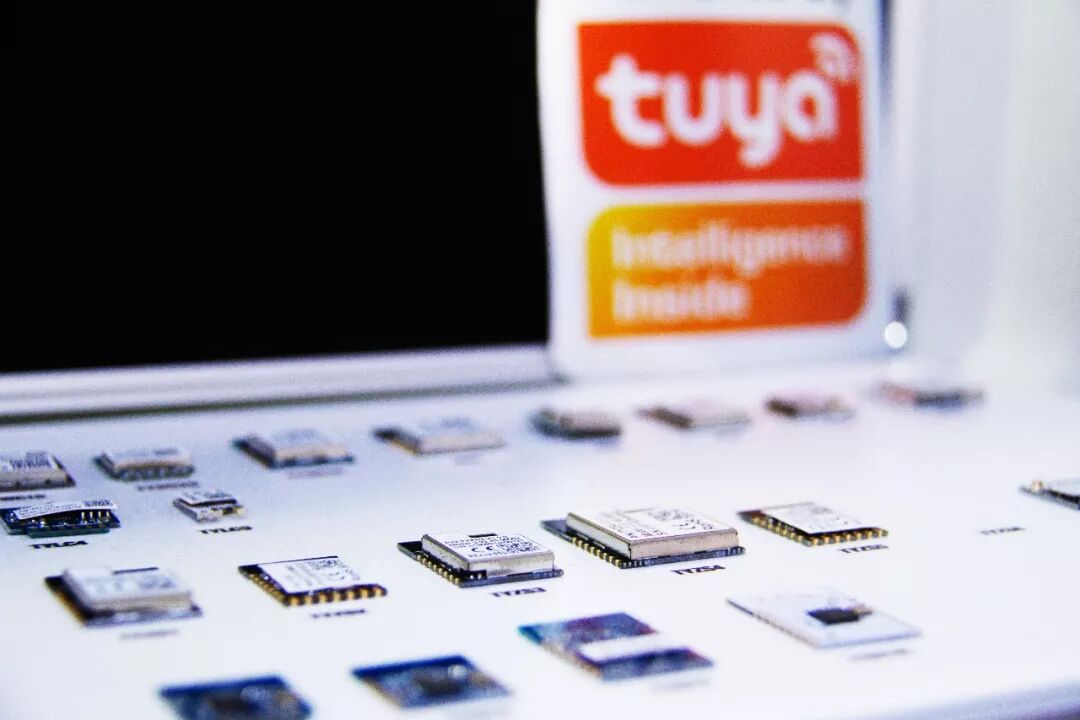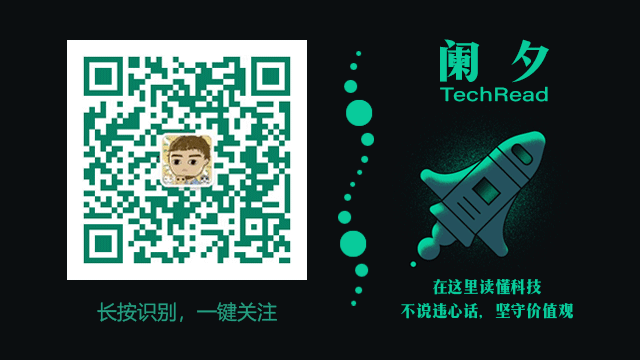
By | Lanxi
At most times, the term “Paradigm Shift” is quite obscure; it originally refers to the fundamental theories of a discipline being overturned, leading to a complete rewrite of previous common knowledge.
For example, after the heliocentric theory replaced the geocentric theory, the assumptions, theories, and deductions that treated the Earth as flat became invalid. Different paradigms bring about cognitive revolutions, eliminating outdated concepts and establishing new rules.
Investor Alex Danco of Social Capital once used the concept of “paradigm shift” to explain the computer revolution over the past half-century: the digital economy is constructing paradigms in a radical rather than gradual manner, to the extent that the generational gap of the internet can be as low as ten or even five years, with the Google generation and the Facebook generation having distinctly different discourses.
– The technology industry grows like a tree in two ways: one is to extend into adjacent industries, changing the characteristics of scarce resources through invasion; the other is to recursively develop and change itself (each generation of technology evolves new scarce resources);
– The growth of the trunk is very fast—over the past few decades, a new paradigm (and a dominant technology company worth billions) has emerged approximately every six years;
– The growth of branches extending into other economic sectors is often slower, mainly because the business models and paradigms being transformed often have decades or even centuries of history.

Just like how smartphones replaced feature phones, ultimately opening the grand curtain of mobile internet, redefining the purpose of the phone product, the ensuing prosperity has supported a rich variety of species in the industry chain, whether they are hardware manufacturers, system developers, software service providers, or even participants like delivery runners using smartphones to take orders, all of whom benefit from the transfer of technology, resources, and even user habits.
On the other hand, the greatest dividend of a “paradigm shift” lies in its ability to create markets from scratch, achieving long-term growth based on real demand. Similar to the supply-side theory in economics, the consumption scale created by the mobile internet is the main engine nourishing industrial progress.
However, if we view smartphones as the growth category replacing personal computers, where will the next “paradigm shift” occur? In other words, where will the digital revolution related to chips, networks, and lifestyles erupt next?
According to statistics from research firm Newzoo, as of 2018, the global smartphone ownership was about 3.3 billion, nearly reaching a bottleneck, and with an average replacement cycle of 2.7 years, the growth curve of shipments is no longer on the rise.
With the paradigms of that shift already transitioned, what remains is only the patchwork, which is also one of the reasons for the current weak state. From the perspective of capital layout for the future, there are three areas with exciting potential: wearable devices, virtual reality, and the Internet of Things (IoT).
It has been proven that the future indeed arrives in an uneven manner. At least in recent years, the performance at the CES electronics consumer show has shown significant disparities: the functions and scenarios of wearable devices are too limited, and virtual reality has yet to escape the realm of expensive toys, both contributing significantly to industry bubbles. Only the least glamorous IoT has accumulated strength, with the most players entering the field.
Take Tuya Smart, which has continuously announced strategic partnerships with Simon Electric (China), TCP, and Silicon Labs, as an example. This startup from Hangzhou has already entered the production processes of over ten thousand home manufacturers, helping them develop smart versions of existing products at the lowest cost.

Unlike wearable devices or virtual reality, the IoT does not need to create new demands from scratch; everyone already needs to purchase products like lamps, air conditioners, refrigerators, and door locks, which has always been a market size exceeding trillions globally. The value of IoT lies in providing a path for upgrading and replacing these products.
For consumers, the experiential benefits of IoT increase gradually as scenarios expand. For instance, using a smartphone to turn on a lamp might be more cumbersome than using a physical button. However, if various devices in the home—from lighting to security, from temperature to ventilation, from music to entertainment—can all be managed via a smartphone, the convenience of life will become unprecedented.
Tuya Smart received an “AI + IoT Technology Innovation Platform” award at this year’s CES, which may reflect its ambition. Its platform-based one-stop solution targets the technical transformation capabilities that traditional manufacturers lack in the IoT space, replacing the waste of reinventing the wheel with ready-made solutions.

For example, before launching IoT products, a light bulb manufacturer does not need to build a digital team of hundreds of people and spend three to five years developing software systems that it is not good at. Instead, it can continue to focus on the production of light bulb products, while Tuya Smart can equip the bulbs with control boards, cloud computing, networking modules, and other hardware and software functions, allowing the newly manufactured bulbs to be managed through smartphones, voice commands, and other forms, becoming smart terminals.
In the back-and-forth drama between Ma Huateng and Zhu Xiaohu, the former once said, “What’s the point of having a bunch of dumb terminals?”
Although in this context, “dumb terminals” refer to the smart locks of shared bicycles, the IoT also emphasizes whether the terminals are “dumb” or “smart.” Connecting physical devices to smartphones is not difficult; the challenge lies in ensuring that the communication transmission is not only one-way but also enables the terminals to possess their own information processing capabilities.
Just as news client products boast their ability to capture user interests to present tailored content, in a simpler and more specific home environment, allowing smart devices to learn the owner’s requirements and patterns is likely a more fitting vision of the future than inputting commands via a smartphone.
For instance, adjusting humidity after detecting that the user has fallen asleep, automatically defrosting steak based on their work schedule, or dimming the lights when the living room starts playing a movie… These ideas require truly intelligent terminals to support them, and companies like Tuya Smart view SaaS as an entry point into a new channel.
Statistics indicate that by 2025, the number of IoT products is expected to grow to 70 billion units—equivalent to 20 times the stock of smartphones—and has the potential to reach an 11% share of the global economy, which can be said to be “the sea is vast for fish to leap, the sky is high for birds to fly.”
Strictly speaking, the ecological niche occupied by Tuya Smart is on par with giants like Google and Amazon. Although there is a significant gap in their operational radius, the size of the cake and ample time allow for sustained competition.
Wang Xueji, the founder of Tuya Smart, has calculated well:
“Currently, the smartization ratio in the lighting, electrical, and small home appliance industries is less than 5%. This low starting point means there is vast room for growth. Moreover, single product smartization is not enough; users need smart products to interconnect and be controlled by a single operating system. What Tuya Smart is doing is not just an IoT Platform, but also an IoT OS. In our view, it is like the Android system in the IoT field because it allows a single operating system and app to control all interconnected smart devices.”
However, Tuya Smart’s goals extend beyond this. While providing a unified open operating system for global manufacturing enterprises, it is quietly and rapidly growing into the world’s largest IoT OS platform. By standardizing its strengths, it translates the technical capabilities on the platform into embedded SDKs or hardware APIs, making it very convenient for developers to create business functions based on SoC chips or MCU chips. Through cloud configuration and automated code generation mechanisms, developers do not need to focus on complex IoT communication protocols; they can simply write the business logic for specific products to achieve product functionality development. In other words, anyone can become a smart device developer on Tuya Smart’s IoT OS platform.
It is reported that Tuya Smart has over 20,000 independent developers from dozens of countries including the United States, the United Kingdom, Germany, and Italy, having developed more than 10,000 smart products, including smart gas stoves, smart pet feeders, and personalized products. As a global company, its stage is already broad enough.
According to a report released by Accenture, the arrival of 5G will accelerate the realization of smart cities. This comprehensive investment from government to civil society also means unprecedented mobilization opportunities, with emerging professions including smart home developers, akin to designers, who can deploy technology solutions tailored to the needs of each household.
Many things are coming in waves, from self-driving cars to those that can fly, the transformation of property rights from private to shared, robots approaching human wisdom and emotions, and the super-large network that connects all visible things. No one knows what will happen in the future, but everyone is already eager for it.

Xiaomi’s upgrade | Kuaishou slows down | Tencent has leisure | Lenovo’s flywheel | Guazi’s mad dash
Ant’s power transfer | Meituan erects walls | Smart retail | Yuewen leads | Sogou goes public
OnePlus crosses the sea | Weishi returns | Baidu’s dawn | Yixia’s extravagance | DingTalk overtakes
Gong Yu (iQIYI) | Feng Dagang (36Kr) | Li Jian (Renrenche)
Wang Ning (Keep) | Chi Jianqiang (Geekbang) | Sun Taoyong (Weimeng)

You can also search for “Lanxi” in these places to subscribe to my content
Weibo / Toutiao / Tencent News / Tian Tian Kuai Bao / Baijiahao
For manuscript inquiries/collaboration, contact assistant WeChat: mingge1987